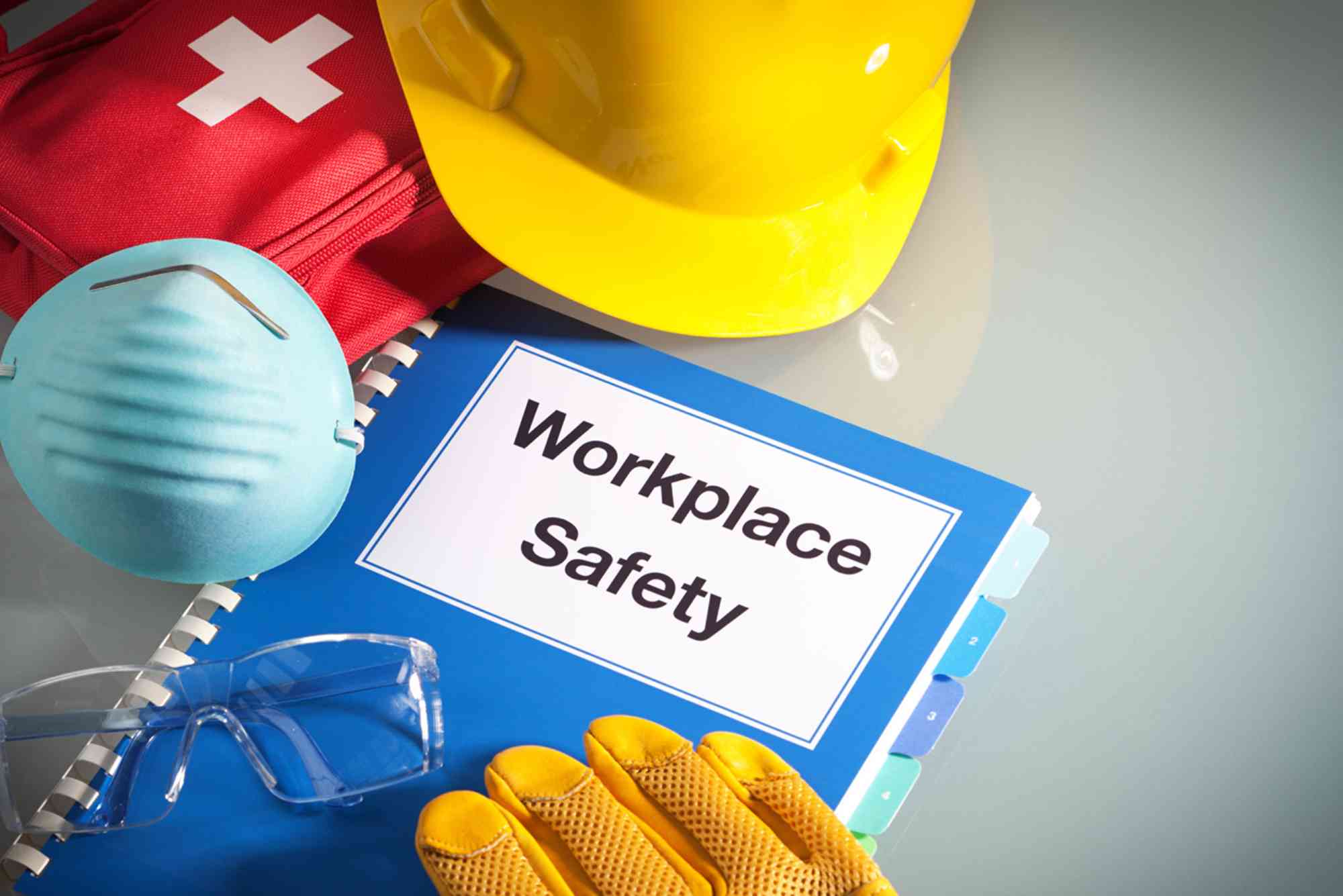Creating a safe, healthy, and supportive work environment isn’t just best practice—it’s the law. The Workplace Health, Safety and Welfare Regulations 1992 serve as a legal framework to ensure every UK workplace maintains basic safety and wellbeing standards for employees. These regulations sit under the broader Health and Safety at Work etc. Act 1974 and apply to almost every workplace across industries.
In this guide, we’ll explore what the Workplace Health, Safety and Welfare Regulations 1992 cover, what your responsibilities are as an employer or employee, and how to ensure compliance in a practical and sustainable way.
Understanding the Regulations
The Workplace Health, Safety and Welfare Regulations 1992 are a set of rules introduced by the UK government to establish minimum health and safety standards in workplaces. Their aim is to ensure that working environments support both physical safety and general welfare.
Who Do the Regulations Apply To?
These regulations apply to almost all workplaces in Great Britain, including:
- Offices
- Shops
- Factories
- Schools
- Hospitals
However, they do not apply to construction sites, mines, or transport systems (which are governed by different laws).
Key Provisions of the Regulations
The regulations break down workplace safety into three core areas: health, safety, and welfare. Let’s look at each in detail.
Health: Ensuring a Hygienic and Comfortable Environment
Employers must take reasonable steps to maintain cleanliness, air quality, and temperature. Key areas include:
Ventilation
Every workplace must have effective ventilation that supplies fresh or purified air. This helps prevent respiratory issues and fatigue.
Temperature
Indoor workplaces should maintain a reasonable temperature. While there is no legally fixed minimum or maximum, guidance suggests at least 16°C for sedentary work.
Lighting
Workplaces must have adequate lighting—natural light where possible and artificial lighting that doesn’t cause glare or flicker.
Cleanliness and Waste
Floors, walls, and furniture must be kept clean. Waste should be regularly removed and disposed of safely.
Safety: Protecting People from Physical Harm
This section focuses on preventing accidents and injuries through proper design, maintenance, and organisation.
Flooring and Traffic Routes
Floors must be stable, not slippery, and free from obstructions. Passageways and emergency exits should be clearly marked and easily accessible.
Windows and Transparent Surfaces
Glass in windows and partitions should be safety-glass or protected to prevent injury. It should also be kept clean and maintained.
Doors and Gates
They should open safely and be fitted with safety devices if they’re automated. Revolving or sliding doors must have safety features to avoid trapping.
Falls from Height
Any risks of falling must be prevented using barriers, guardrails, or other protective systems.
Welfare: Supporting Worker Wellbeing
Welfare goes beyond just avoiding harm. It ensures people have access to basic amenities that promote dignity and comfort.
Sanitary Facilities
Clean and accessible toilets and washing facilities are mandatory. These must be appropriately located and well-maintained.
Drinking Water
Safe and easily accessible drinking water must be provided throughout the workday.
Rest Areas
Workers should have designated areas to rest and eat, especially in roles that require physical or mental strain.
Changing Facilities
If work requires changing clothes (e.g., uniforms, PPE), appropriate changing rooms and lockers must be available.
Employer Responsibilities Under the Regulations
Employers carry the primary duty to ensure compliance with the Workplace Health, Safety and Welfare Regulations 1992. This includes:
- Carrying out regular risk assessments
- Maintaining equipment and facilities
- Training staff on safety protocols
- Consulting employees about health and safety issues
Employers must also keep accurate records and make adjustments based on findings during inspections or audits.
Employee Duties and Rights
Employees also have a role to play. They must:
- Follow training and safety procedures
- Report hazards or unsafe conditions
- Use equipment and facilities correctly
- Take reasonable care of their own and others’ safety
Importantly, workers have the right to raise concerns without fear of retaliation. Under whistleblower protections, employees can report safety breaches to regulators like the Health and Safety Executive (HSE).
Common Compliance Challenges
Despite good intentions, many workplaces fall short in one or more areas. Common issues include:
- Poor ventilation in older buildings
- Inadequate toilet or washing facilities
- Blocked fire exits
- Lack of staff training
Regular inspections, employee feedback, and third-party audits can help identify these problems before they lead to legal or health consequences.
Consequences of Non-Compliance
Failing to comply with the Workplace Health, Safety and Welfare Regulations 1992 can lead to:
- Fines or prosecution by the HSE
- Civil claims from injured or unwell employees
- Damage to company reputation
- Increased absenteeism or turnover
In extreme cases, employers can face criminal charges, especially if negligence results in serious injury or death.
Practical Steps for Compliance
So, how can organisations stay compliant without disrupting operations?
- Review the Regulations Regularly
Assign responsibility to a compliance officer or health and safety manager. - Conduct Routine Risk Assessments
Evaluate conditions, identify hazards, and implement fixes. - Maintain a Safety Log
Keep track of inspections, incidents, and actions taken. - Train All Employees
From induction onwards, everyone should know their responsibilities. - Encourage Open Communication
Make it easy for workers to report concerns confidentially.
The Role of the Health and Safety Executive (HSE)
The HSE oversees enforcement of these regulations. They offer guidance, investigate complaints, and carry out inspections. If they find serious breaches, they can issue:
- Improvement Notices – requiring corrective action
- Prohibition Notices – halting unsafe operations
- Prosecution – in severe cases of non-compliance
Employers are strongly encouraged to engage with HSE resources to stay updated and compliant.
Benefits of Complying with the Workplace Health, Safety and Welfare Regulations 1992
When workplaces follow these regulations, everyone wins. Benefits include:
- Fewer accidents and injuries
- Higher staff morale and productivity
- Reduced insurance and compensation costs
- Improved legal protection
- Enhanced corporate image
Safety isn’t just about following the law. It’s a reflection of organisational values and respect for people.
Make Safety a Habit, Not a Hassle
The Workplace Health Safety and Welfare Regulations 1992 are more than a legal checklist—they are a framework for building productive, respectful, and sustainable workplaces. Whether you’re an employer or employee, understanding your role in maintaining these standards is essential.
Frequently Asked Questions (FAQs)
What is the purpose of the Workplace Health, Safety and Welfare Regulations 1992?
These regulations aim to ensure all workplaces meet minimum standards for cleanliness, safety, and basic employee welfare.
What are an employer’s main duties under the regulations?
Employers must maintain a safe and healthy environment, provide welfare facilities, and conduct risk assessments.
Do the regulations apply to all workplaces?
Most do—but there are exceptions such as construction sites and certain transport sectors that follow different rules.
How is compliance with the regulations enforced?
The Health and Safety Executive (HSE) monitors compliance. They can inspect sites, issue notices, or prosecute non-compliant employers.
Can employees be held responsible for breaches?
Yes, if they fail to follow training or act recklessly, they can face internal disciplinary action or, in rare cases, legal consequences.
What are the consequences of non-compliance?
Consequences include HSE penalties, civil claims, reputational harm, and even criminal charges in serious cases.





